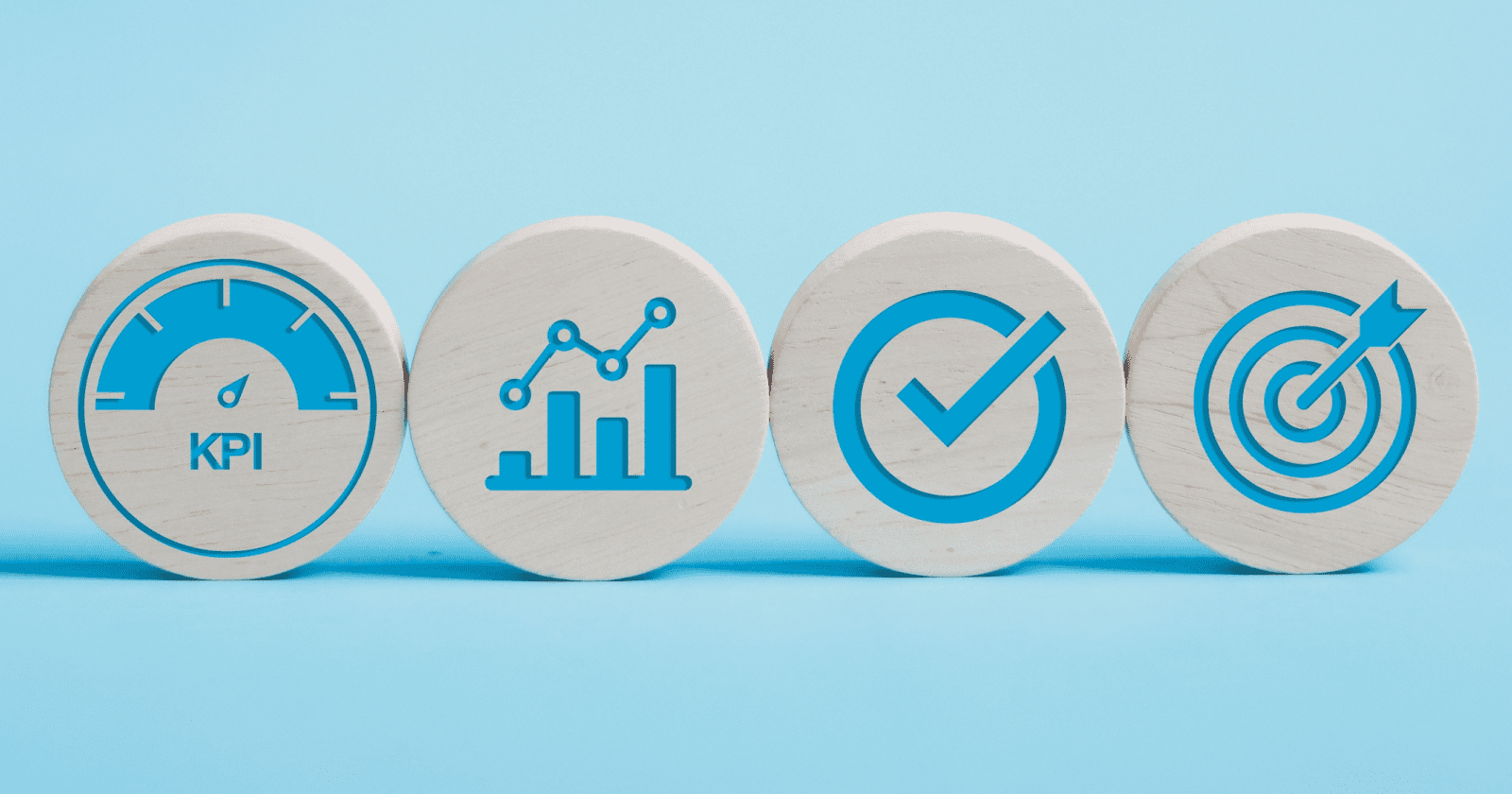Community Building For Marketers: Finding Your Why

This edited extract is from Community Building for Marketers by Areej AbuAli ©2025 and is reproduced with permission from Kogan Page Ltd.
There are many different concepts of what a community is, and various definitions.
Outside the context of marketing terminology, the word “community” is primarily associated with local areas or neighbourhoods.
The concept of community as a marketing or growth tool is one that only really began to gain traction in the 21st century.
When I first launched my own community, Women in Tech SEO, which I will refer to as WTS, I didn’t use the term “community.” I used words like “group” or “network,” but neither term felt quite right.
As the language around community marketing became more common, I realized that this was, indeed, what I was creating – this word felt like a much more natural fit.
What Does A Community Look Like?
There are lots of different focal points around which a community can be built.
The key is that enough people care enough about that thing to want to connect with other people that also care about it, and to talk to them about it.
In 2022, Allie Volpe wrote an article in Vox on “Why community matters so much,”1 and referenced the research on “Sense of Community”2 done by David W. McMillan and David M. Chavis, which suggests that a community is defined by four criteria:
- Membership – to feel a sense of belonging through shared identity, purpose, or reason for being in the group.
- Influence – to feel like you make a difference to the group and that the group makes a difference to you.
- Integration and fulfilment of needs – to feel like your needs will be met by other group members.
- Shared emotional connection – to feel that you share history or similar experiences.
If your community members don’t feel any of these things, then your community breaks down – essentially you don’t have a community at all.
In community marketing, the brand exists largely in the background.
Convening a community around a particular topic establishes you as an expert and leader in this area, and forms a close relationship with the community members, who are likely to be members of your target audience.
But a relationship is not one-way – you should each get value from one another.
What Is Community Marketing?
Community is not a synonym for customers. In building a community, you are not simply gathering together a group of people that you can sell to.
Some of your community members may be customers, or may go on to become customers, but others will not. Some of your customers will never be interested in joining your community.
When you attract a customer, you are looking specifically for someone who wants to buy your product or service, and you then try to nurture a long-term relationship with them where they continue to buy from you.
When you attract a community member, you are inviting someone to become part of an ecosystem of which you are just one part. They will connect with you and the other members of the community.
They may share attributes in common with your target customer, or they may be linked in other ways with your area of focus.
As counterintuitive as that may sound, the goal of a community is not to turn members into customers. The value of a member is not in whether they spend money with you.
They may become advocates for you, recruit new community members, and help new people get to know your brand.
They may provide useful insights to you and your members, or they may become partners with whom you can collaborate.
You probably already have defined personas of your ideal customers. But, when it comes to community marketing, don’t fall into the trap of thinking these are the personas you want to attract to your community.
Consider the wider environment you want to create, and who would want to be part of that. Who could make a valuable contribution?
With marketing, we create blogs, videos, social media posts, FAQs, email newsletters, guides, and resources that our target customers simply consume.
With a community, on the other hand, we are building interactive relationships. This feels much more personable, and you connect with your members on a more human level. You get to know them as real people.
To get to that point, though, requires dedication. A community marketer needs to be continually serving their community, and constantly thinking about how to improve it.
You need to understand what your members want from the space and from you.
What are their needs, their concerns and their frustrations, in the context of your community topic? Where can you help them, and where are they currently struggling to get help from you?
When you show your members that you care about them, you demonstrate that this is a real community, not a sales platform, and a space where they can belong.
Benefits Of Community For Brands
So, with all this effort involved, why is it worth investing in community building?
At a time when we’re all working hard to build social media followings and email lists, is this just another platform to have to try to grow?
Unlike your social media followers and email subscribers, your community members are in a close relationship with you.
They are rooting for you, brainstorming with you, helping you to uncover ideas and opportunities, and willing you to succeed.
Community members will often be the first to share new products and services that you release – they actively amplify and promote your brand for you because they feel as though they’re part of something.
They can also be actively on the lookout for potential customers whom they will knowledgeably persuade to join you, even helping to onboard these people for you.
They provide valuable insights into what new features, products, or services you need to create and where certain elements might need refining or adjusting. They will be your beta testers and troubleshooters.
They help you understand how to craft your messaging because regular conversations with your community will let you see how your potential customers talk about your product or your industry and what they are looking for.
When you have direct access to a community, it can take minutes to get insights, as opposed to requiring large-scale research projects that may take months to extract valuable information from your target customers.
“For too long we’ve seen consumerism push brands into unsustainable growth models,” says Pete Heslop, Managing Director of Steadfast Collective.
For the past decade, Pete and his team have built bespoke platforms that enable community-led brands to thrive. Pete believes that community is foundational for regenerative business growth.
“We’ve taken responsibility to provide an alternative,” Pete says. “Steadfast Collective believes that people thrive when gathered in community; that generative places, spaces and platforms are where communities grow.”
The Digital Community Leaders Survey Report3 states that communities help individuals, organizations, and society thrive by enabling knowledge sharing, collaboration, and the cocreation of value.
The report goes on to highlight that digital communities play an increasingly essential role in 21st-century lives, organizations, and societies. They affect business outcomes.
Today, brands “earn loyalty and growth” by participating in them. The report also highlights that communities “lessen reliance on costly marketing campaigns and traditional customer support methods.”
And that “empowering customers within online communities cultivates a feeling of ownership, leading to user-generated content, valuable insights, and peer support.”
The report also states that a majority of 70% online communities have grown over the last 12 months, and some of the factors driving this growth include:
- The shift to life online.
- The normalization of content creation and sharing.
- The desire for brands to access customer feedback directly.
Community goes far beyond brand awareness or engagement – it’s the next level of retention and loyalty.
“Community gives you a competitive edge. It really can’t be replicated,” says Laura Roth, B2B SaaS community and marketing leader.
With experience managing communities at Amazon, WeWork, and Vodafone, Laura knows just how impactful the benefits are.
But she also knows that, to achieve those benefits, you need to put in the work. You need to create something unique, that comes from your specific mission and values as an organization, and that speaks to the particular needs of your community.
“Community is a long-term game,” Laura says. “It doesn’t happen overnight, and you can’t copy it.”
If you’re not prepared to invest the time, then you won’t see the outcome.
To read the full book, SEJ readers have an exclusive 25% discount code and free shipping to the US and UK. Use promo code SEJ25 at koganpage.com here.
1 A. Volpe. Why community matters so much – and how to find yours, Vox, 24 March 2022, www.vox.com/22992901/how-to-find-your-community-as-an-adult (archived at https://perma.cc/6F9H-GT4T)
2 D. V. McMillan and D. M. Chavis. An Introduction to Sense of the Community, nd, www.drdavidmcmillan.com/sense-of-community/ article-1 (archived at https://perma.cc/H56M-ZWWS)
3 Digital Community Leaders. 2023 Digital Community Leaders Survey Report, 2023, https://digitalcommunityleaders.com/ (archived at https:// perma.cc/275F-E4C5)
More Resources:
Featured Image: DavideAngelini/Shutterstock
























